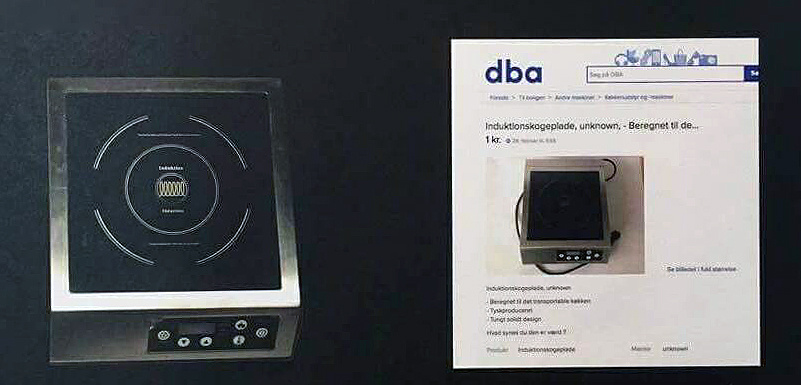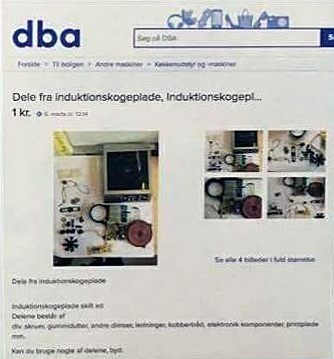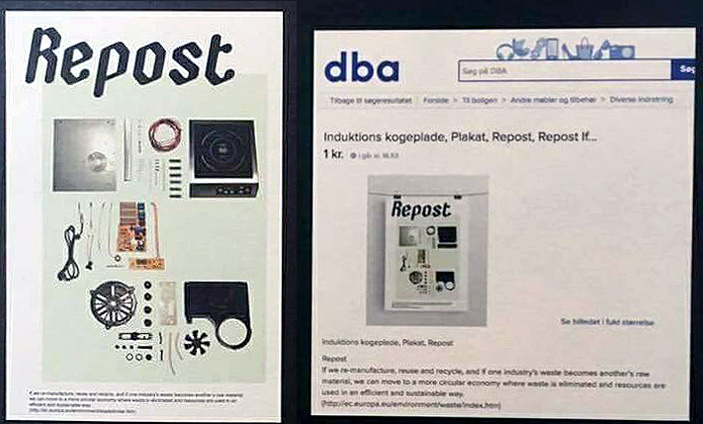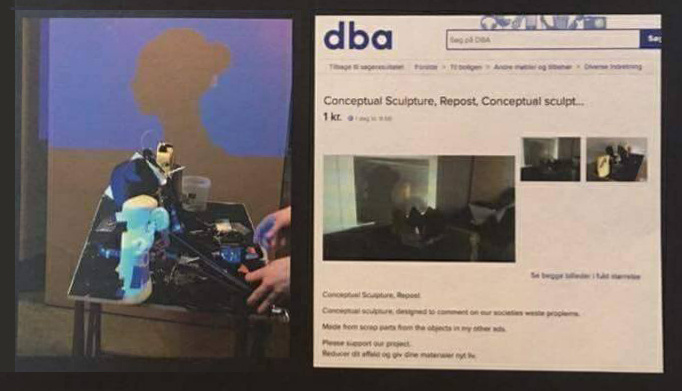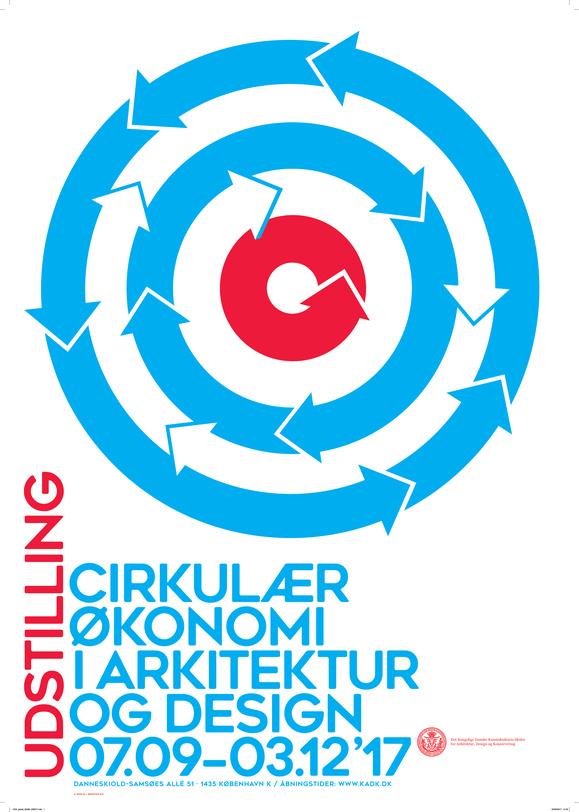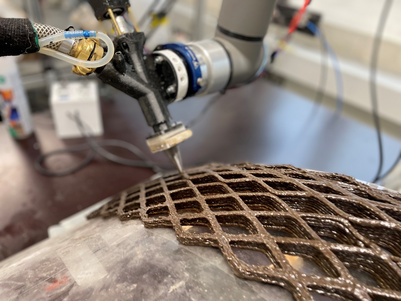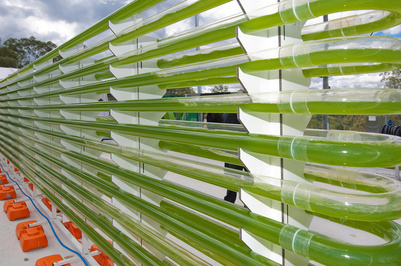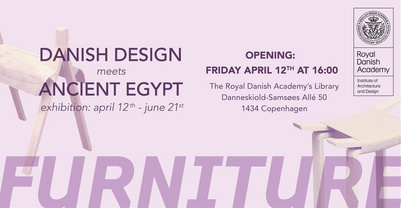One of the highlights of the Circular Economy in Architecture and Design exhibition is the project ‘Repost - A Sustainable Activist Plug-in Practice Proposal’. The project is the work of four students from the School of Design: Ingrid Buffetaut Hummelshøj, Anne Katrine Hansen, Christian Ingholt Winther and Christoffer L. Stahlschmidt. By putting various everyday objects up for sale in Den Blå Avis (a classified ad website), they examined our perceptionof the concept of market value.
The project explores the possibilities of changing people’s perception of everyday objects by means of a so-called ‘plug-in practice’ that can activate circular thinking, which in the long term could reduce consumption and benefit the environment.
The project literally ‘plugs into’ Denmark’s largest online advertising market, dba.dk. By asking users on the site to allocate a value to various used or defective everyday objects, they can then examine the objects’ immediate market value. The objects are then taken apart and reassembled before being posted on dba.dk again, and users have a chance to allocate a value to the objects with their new form and appearance.
In which form is a defective induction hob worth the most? As an ‘old clapped-out hob’? Taken apart and sold as spare parts? As a motif on a poster? Or reassembled as an art installation?
The project provides insight into current issues such as mass production and use-and-throw-away culture, while encouraging people to rethink their criteria for when something has value and to see new opportunities and features in objects that at first sight appear worthless.


